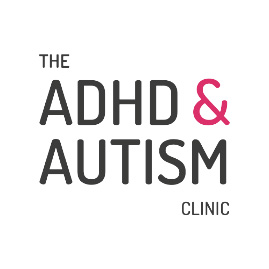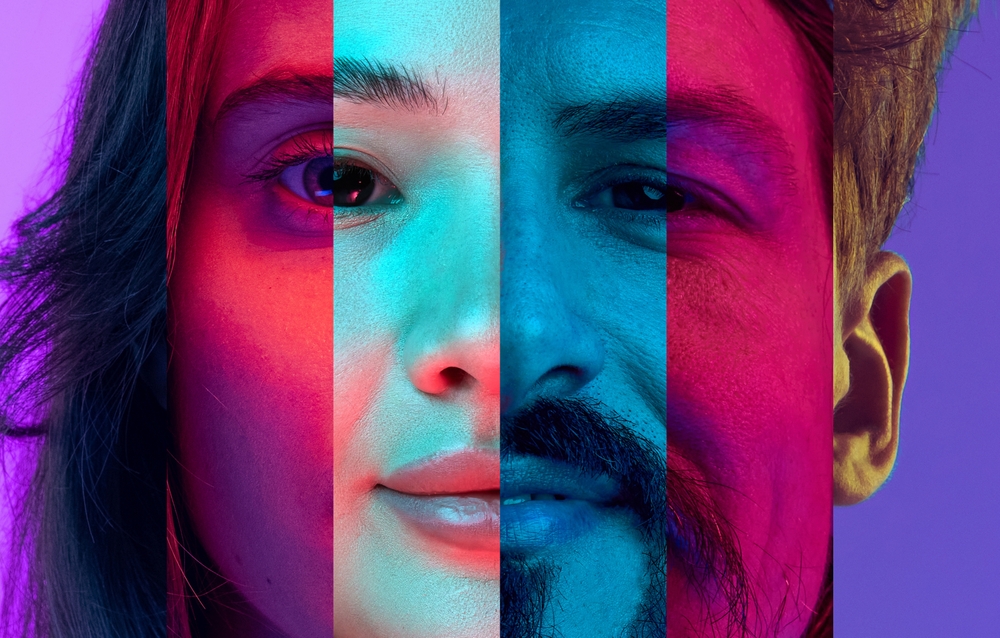Understanding How ADHD Symptoms Vary Between Men and Women
TLDR; ADHD symptoms manifest differently in men, women, and gender-diverse individuals due to biological, hormonal, and societal influences. Men often exhibit more hyperactive and impulsive behaviours, women tend to experience inattentiveness and emotional challenges, and non-binary and transgender individuals may face a unique combination of internal and external symptoms. Recognising these differences is crucial for accurate diagnosis and effective treatment.
Introduction
Attention Deficit Hyperactivity Disorder (ADHD) is a neurodevelopmental condition that affects individuals across the gender spectrum. It is characterised by symptoms of inattention, hyperactivity, and impulsivity. While often discussed in generic terms, ADHD does not manifest identically across all populations. Increasingly, clinicians and researchers recognise the importance of understanding how ADHD symptoms differ by gender—including among transgender and non-binary individuals.
An Overview of ADHD
ADHD presents in three subtypes: predominantly inattentive, predominantly hyperactive-impulsive, and combined. Common symptoms include
- Difficulty focusing or completing tasks
- Impulsive decisions
- Restlessness or constant movement
- Trouble organising activities
- Emotional dysregulation
The prevalence of ADHD in adults is estimated at 3–5%, yet many individuals remain undiagnosed, particularly those whose symptoms do not conform to stereotypical presentations.
Biological Factors Influencing ADHD Symptoms
Hormonal Differences
Oestrogen and progesterone, hormones that fluctuate across the menstrual cycle, can influence executive functioning, mood, and attention. This may help explain why ADHD symptoms in women often intensify during certain phases of the cycle, pregnancy, or perimenopause.
Brain Structure and Function
Studies have identified structural brain differences between males and females with ADHD, particularly in the prefrontal cortex and basal ganglia—regions linked to attention and impulse control. These neurobiological variations may help account for differing symptom profiles.
Further reading
ADHD Symptoms in Women
ADHD in women often presents as:
- Chronic disorganisation and forgetfulness
- Inattention and daydreaming
- Emotional sensitivity
- Low self-esteem and anxiety
- Difficulty with multitasking
These symptoms are typically internalised, making them more difficult to recognise. Women are often misdiagnosed with anxiety or mood disorders.
ADHD Symptoms in Men
In contrast, ADHD in men tends to present with:
- Physical hyperactivity and restlessness
- Risk-taking and impulsivity
- Interrupting others, difficulty waiting turns
- Underachievement in school or work
- Externalised behavioural issues
These more overt symptoms often lead to earlier diagnosis and intervention in boys and men.
ADHD in Transgender and Non-Binary Individuals
Emerging research shows that ADHD may be more prevalent among transgender and non-binary individuals. A 2021 study found that over 40% of transgender people reported an ADHD diagnosis, compared to 15% in the general population.
Key challenges in this group include:
- Executive functioning difficulties
- Emotional dysregulation
- Co-occurring anxiety or depression
- Sensory sensitivities
- Difficulties with routine and structure
Further reading:
Gender Affirmation and ADHD
Managing ADHD while experiencing gender dysphoria can intensify emotional strain. For example, executive dysfunction may complicate tasks such as managing medical appointments, gender-affirming care, or navigating unsupportive environments.
Diagnostic Barriers
Trans and non-binary individuals may avoid or delay seeking help due to fear of discrimination or previous negative healthcare experiences. Clinicians may also be unfamiliar with how ADHD presents in gender-diverse populations.
Affirmative and Inclusive Care
Diagnosis and treatment should be respectful and affirming of gender identity. Tailoring strategies to address both ADHD and gender-related stress leads to better outcomes.
Social and Cultural Influences on ADHD Symptoms
Gender Roles and Expectations
Cultural expectations strongly influence how ADHD symptoms are expressed. Boys may be allowed to be impulsive, while girls are expected to be reserved. Non-binary and transgender individuals may face unique stress from attempting to conform to binary expectations.
Societal Norms
The pressure to meet societal standards can lead individuals to mask or suppress symptoms. This is particularly common among women and those outside the gender binary.
Challenges in Diagnosing ADHD in Women and Gender-Diverse Individuals
Underdiagnosis is common. Inattentive symptoms, emotional challenges, and internalised distress may be misattributed to anxiety or depression. Moreover, diagnostic tools are often normed on male populations, creating a gap in accurate recognition.
Further reading:
Treatment Approaches
Gender-Specific Strategies
- Women: Benefit from support with emotional regulation, planning, and self-esteem.
- Men: Often require assistance with impulse control and behaviour modification.
- Trans/Non-binary: Need ADHD support that also affirms gender identity, including managing stressors unique to gender dysphoria.
Importance of Personalised Care
Treatment plans should reflect the individual’s symptom profile and life context. Both medication and non-medication interventions—such as ADHD coaching, cognitive behavioural therapy, and mindfulness—should be adapted to the person’s lived experience.
Conclusion
ADHD manifests differently across genders due to a combination of biological, psychological, and sociocultural influences. Women and gender-diverse individuals are at particular risk of underdiagnosis due to the subtlety of their symptoms and systemic biases. Clinicians and individuals alike must be educated about these differences to ensure timely, appropriate care.
For a thorough and personalised ADHD assessment, take a look at our Private ADHD Assessments and take the first step towards understanding your unique symptoms and receiving the right treatment.

